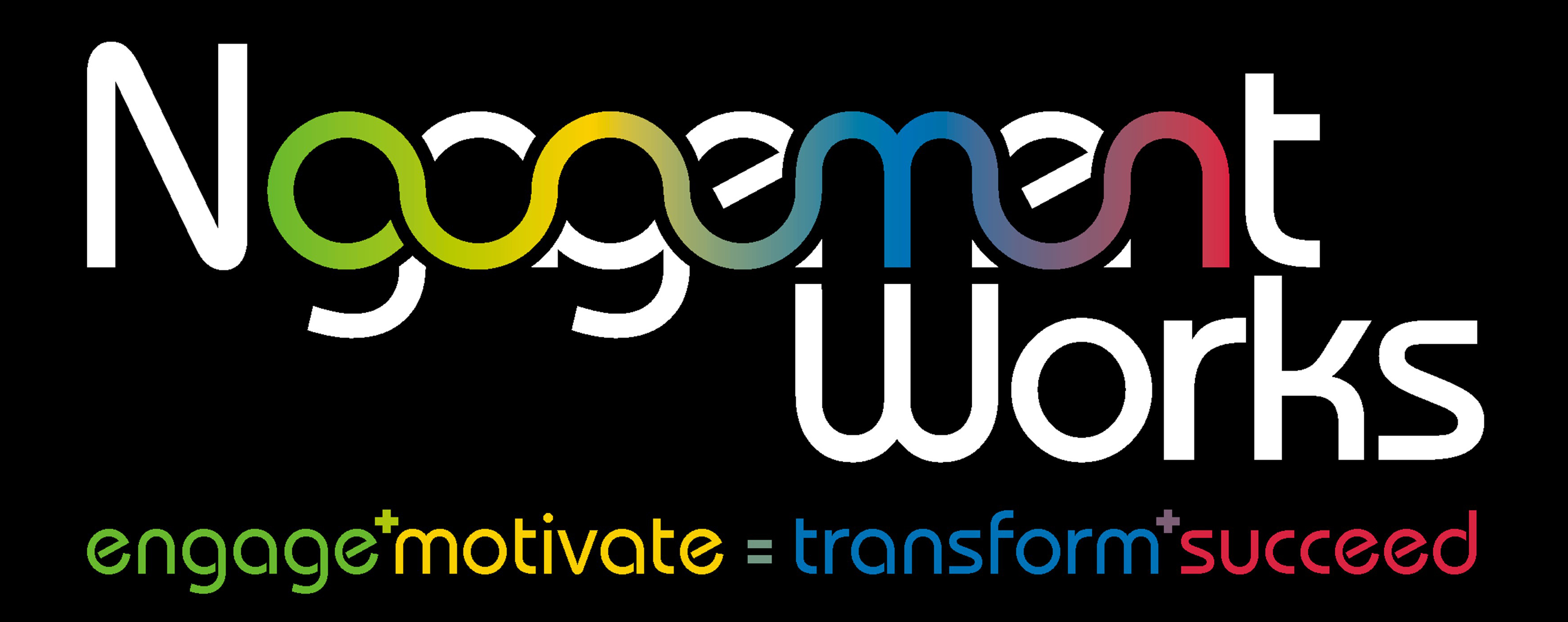During some free time, after delivering a keynote conference speech and leadership masterclass, at the Summer School, for young leaders and entrepreneurs from 28 countries around the world and organised by Youth Time International Movement, I was invited to join a group of 6 lecturers and students from the Zagreb School Of Business, Croatia, who wanted to see the Temple Of Heaven in the heart of Beijing.
It was a wonderful day of exploration and getting to know them better personally, plus it gave me an excellent opportunity to observe how they worked as a team, in a new country, with a language that they did not understand, to get to achieve their goal of getting to the Temple Of Heaven and safely back to our hotel. Our hotel was about 7 and a half miles (12km) from the Temple Of Heaven. The little bit of stress added, was that it was very humid and reached 35C.
This is how they effectively used some of the 16 Elements of the Team DyNAmics© Model that I created, brought to life with photographs that I took during the trip.
Purpose. There’s was very clear, To visit the Temple Of Heaven in the time they had available, ensuring everyone had a good time.
Trust. Yes, they showed a high-degree of trust in each other, which grew during the day as individuals helped their colleagues and they achieved small successes on their journey to their final destination.
Planning. Their planning skills were very good and right from the start, they decided to use the Beijing Metro to plan their journey.
Collaboration. The way in which individuals collaborated with others in the team was fascinating, especially when buying the tickets for the metro. Some were better at spatial awareness, using the maps to find out which lines we needed to use and where we had to change. Others were more proficient at deciphering what type of ticket was required. A fascinating thing occurred when the right ticket to buy was agreed upon and that was that one person decided to buy tickets at the self-service machine for all the team.
Accountability. When things went wrong, individuals were quick to apologies for their mistakes, usually around going slightly in the wrong direction. The rest of the team accepted these apologies without question.
Commitment. This occurred in a number of instances, with individuals committed to helping their colleagues, for the benefit of the team. The one that stands out for me, was the carrying of the gifts bought buy team members, by one person, to lighten the load of others.
Roles & Skills. Whilst specific roles were not assigned, the different skills of the team became very apparent early on and used effectively throughout. Some buying tickets, others helping to orientate the team, some looking after the welfare of individuals in terms of stopping for food, drink and rests.
Communication. Great communication throughout with everyone being heard and listened to.
Decision-Making. Whilst there was no hierarchy in who made what type of decisions, the team readily accepted ideas put forward by individuals and buy-in to a decision made was quick to be achieved.
Meetings. These were held throughout the journey, as new challenges occurred or situations arose. They were timely and focussed and often happened with everyone stood up.
Reflection. The team reflected on progress to the Temple Of Heaven regularly. Checking in on what they had done and discussing ideas and minor changes that would make their journey more effective.
Transformation. New ideas were readily accepted by the team, helping them to make small changes to their original plans.
Diversity. It became apparent early on that individuals appreciated the diversity of skills and needs of others. Demonstrated beautifully when some of the team wanted to have a coffee, whilst others wanted something to eat. Two solutions were agreed upon that enabled both to happen.
Processes. These grew organically on the journey to the Temple and were used effectively on the return journey to the hotel.
Environment. The mood of the team was extremely positive throughout, even though the heat and humidity were intense and people were struggling with the walking. The team regularly joked and chatted with each other which supported the positive atmosphere.
So, success was achieved, despite the challenges of the heat and humidity, with everyone having a fantastic experience.
So, 15 out of the 16 Elements were used effectively. The only one not used, nor indeed required, was Vision, a long-term aspiration for what the team would like to achieve. Perhaps this day may have got them thinking!! Maybe a Vision of climbing Mount Everest! Who knows.
Thanks goes to Marija, Zeljka, Dorotea, Filip, Dominik and Goran for allowing me to join them and observe Teamwork at its best in Beijing.
Wishing you continued happiness and success in both work and life.
Yours behaviourally, Nick
How effective is your team? Do you measure how effective you are? If not, you may find it of value to understand the Team DyNAmics Model on more detail, which you can do, by using this link, Team DyNAmics©
Help Others By Paying it Forward
If you’ve found this article of interest and value, please use the Follow option in the right side panel to ensure that you are informed of future posts plus, help others and Pay It Forward by sharing it with those who may find it useful.
Can I Help You?
If you want to discuss how I may be able to help you and your team achieve even greater success by facilitating team building or by speaking at your conference, my email is nick@ngagementworks.com, my mobile is 00447966306903 or please use the Contact Form







